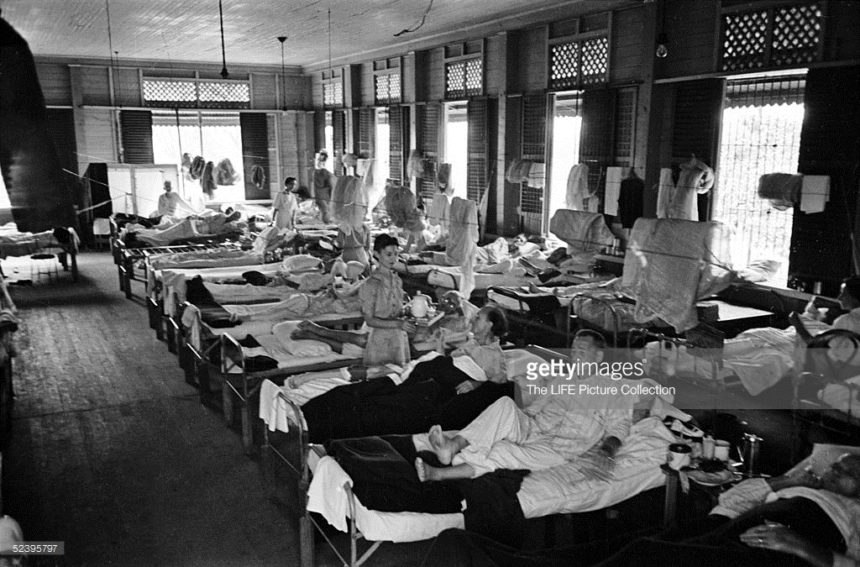Did you know? Hospitals don’t include patients in their organizational charts.
Everyone knows that hospitals are built and staffed for the care and treatment of patients, so where are patients on hospital organizational charts? They are not there. They are ASSUMED to exist.
Isn’t that interesting? An institution created and built for a certain group of people, ignores them.
Did you know that the Canadian guidelines for patient-centered health care spends all its time talking about educating staff? Patients aren’t mentioned.
Where is the patient in health care charts?
The focus of health care in the modern medical system is on treatment and cure. That means, training heath professionals to treat and cure is paramount to the system. Who they are treating, and curing for is secondary. Careers are built on new discoveries for cure – not on how satisfied the patient is with their care.
Socialized medicine is even more distanced from the patient. In socialized medicine, health care is free for all – paid for by taxes. It is the politicians who decide on the annual budgets for health care. If the budget is cut, services and personnel are dismissed. Who loses? The patient. Does the politician care? No. The budget has been balanced.
In socialized medicine, unlike privatized medicine, politicians decide how much money can be spent on diagnostic machines and services. If the politicians decide that only one machine is necessary, then patients wait in line for months waiting for their diagnostic procedure. Some die while waiting.
Since physicians are paid by the government, they are limited by government policies on how many surgeries they can perform in a month. Government decides on how many specialists can practice in an area. Government decides on how many physicians can practice in an area.
Politicians decide on where hospitals can be built and how much money will be spent on upgrading existing hospitals. Government decides whether in-patient and out-patient services will be available for the handicapped.
In socialized medicine, politicians control the purse strings of public health care. They do not need to be qualified health care providers to make these decisions.
Is socialized medicine an improvement over privatized medicine? It’s hard to say. Both have their failings. In socialized medicine, wait times are long – in privatized medicine they are not. Socialized medicine does not charge patients for practitioner visits or hospitalizations. In the privatized system, patients pay their own way or have health insurance. You decide.
Hospitalized patients in socialized medicine can find themselves sharing a 4-bed ward with the opposite sex. There are not enough beds in the hospital to provide unisex wards.
But whether the health care delivery system is privatized or socialized, the focus is on the delivery of care. The patient is ignored in both systems.
This is why I am so passionate about Patientology – a focus on the patient and not on the system. Explore with me the various ways in which the patient is ignored or neglected and suggestions for improvements in the system.


